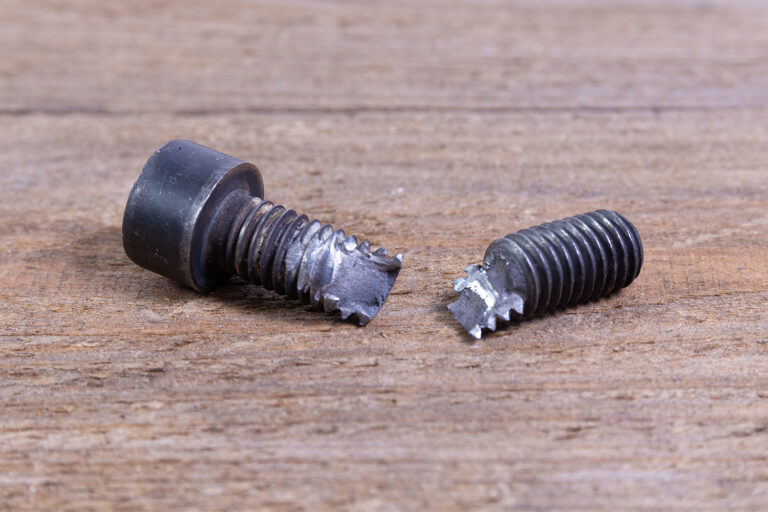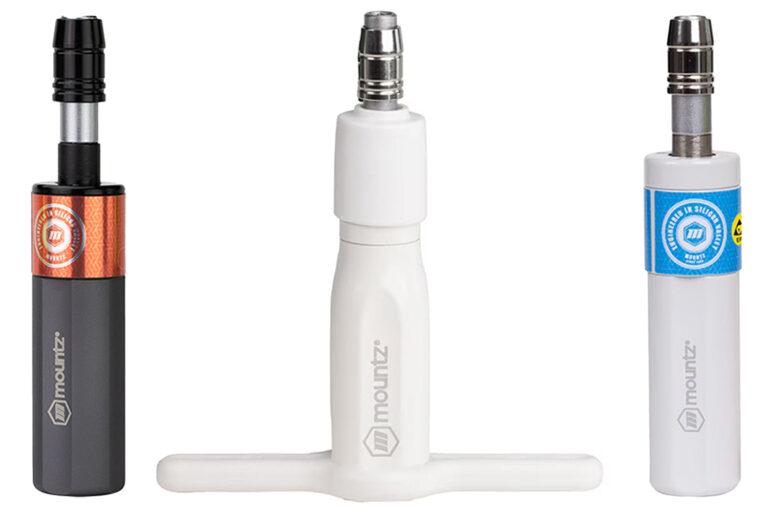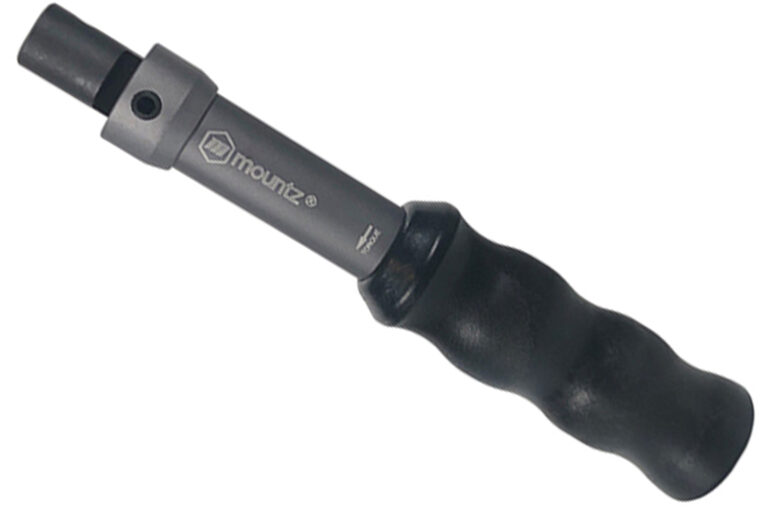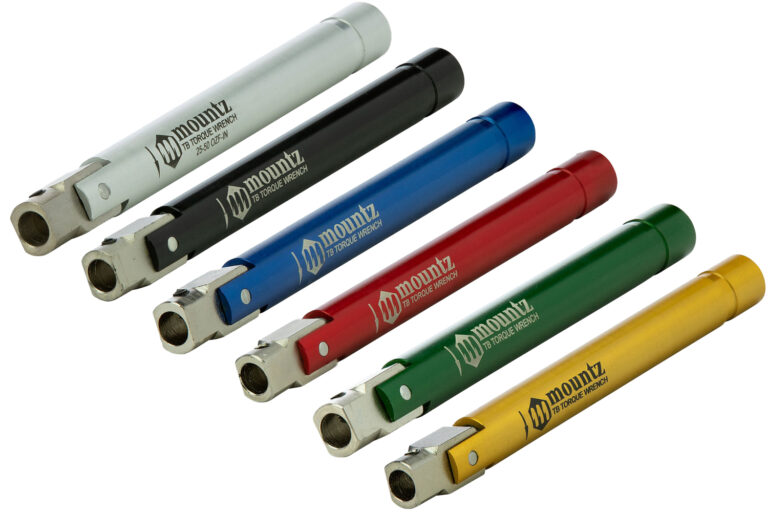
The Problem: Torque That Destroys Instead of Secures
Fastener damage isn’t just a nuisance, it’s one of the leading causes of product failure, rework, and quality control fallout in manufacturing today. A single stripped thread can stall an entire assembly line or trigger a cascade of warranty claims once the product leaves your facility.
The root causes are often simple but costly:
- Applying too much torque
- Using the wrong tool on soft or coated materials
- Operator inconsistency
- Failing to catch problems during tool wear or calibration drift
These issues are magnified in industries that work with aluminum, composites, plastics, or magnesium, such as aerospace, electronics, medical device manufacturing, and renewable energy systems.
Once a fastener seat is compromised, you’re not just replacing a bolt — you may be dealing with thread repairs, structural risk, or component replacement, all of which cost time, labor, and money.
The Solution: Cam-Over and Break-Over Torque Tools
To eliminate the risk of overtightening — and to keep soft or small fasteners intact — the best defense is to use torque tools that physically prevent the user from applying too much torque. Two of the most effective technologies for this are cam-over and break-over torque tools.
These tools don’t rely on operator judgment. Instead, they stop torque transfer at a preset value, ensuring every fastening cycle is controlled, repeatable, and safe.
Mountz Cam-Over Torque Screwdrivers are built for low-torque applications where even minor over-tightening can cause cracking or thread deformation. These tools disengage internally once the preset torque is reached, preventing excess force.
Key Features:
- ±6% accuracy
- Internal cam clutch mechanism
- Preset torque (non-adjustable by the operator)
- Available in inch-ounce, cN·m, and N·m ranges
- Built to ISO 6789 standards
Where it’s used: Similarly to Cleco CellClutch’s capabilities for electronics and medical devices, Mountz Cam-Over Torque Screwdrivers excel when it comes to delicate tasks:
- Medical device manufacturing: securing polymer enclosures and precision parts
- Cleanroom production: no contamination or cross-threading
- Consumer electronics: where even minor overtightening can fracture plastic housings
Why it matters:
In these environments, stripped threads don’t just lead to functional failures — they can lead to compliance violations, user injuries, or total product recalls. Cam-over screwdrivers remove variability and provide peace of mind at the operator level.
Note: While adjustable cam-over models like the Mountz FGA series offer versatility for changing torque settings on the fly, they are more suited to R&D or low-volume environments where tool oversight is tightly managed. For production environments where consistency, operator-proofing, or compliance with ISO/AS standards is critical, preset cam-over screwdrivers like the FGC or FG series are the preferred choice.
The TBX Series is designed for repetitive fastening in industrial environments. Once torque is reached, the wrench “breaks” or pivots at the head, signaling completion and preventing continued torque application.
Key Features:
- ±4% accuracy
- Preset, non-adjustable torque
- Compact and ergonomic for assembly work
- Available in 1/4″, 3/8″, and 1/2″ drives
Where it’s used:
- Aerospace panel installs: tightening threaded fasteners into aluminum skins
- Assembly stations: eliminating overtightening across operators and shifts
- Vehicle systems: preventing over-stressing bolts in plastic or composite housings
Why it matters:
Click-style wrenches rely on operator feel. TBX break-over tools deliver a mechanical stop — far more reliable in fast-paced production. It’s a safer, smarter option for delicate fastener work.
The TBIH series shares the same break-over technology as the TBX, but features a straight, inline handle that makes it ideal for vertical torque applications or confined workspaces.
Key Features:
- Inline break-over handle
- Preset torque design
- Lightweight and durable for production use
- Ideal for precision assembly environments
Where it’s used:
- EV battery pack installations: consistent busbar clamping
- Clean tech assembly: torquing low-profile fasteners into fragile materials
- Medical electronics: ensuring housing integrity during torque cycles
Why it matters:
Mountz TBIH Break-Over Torque Wrenches offer all the protective benefits of break-over control, but in a form factor that works for high-precision, ergonomically sensitive stations.
Bonus: Best Practices for Thread Protection
Pairing the right tool with good assembly practices can significantly extend fastener life and reduce damage risk:

- Use preset tools to eliminate guesswork and operator variability
- Avoid using adjustable tools for critical fastening unless calibration is frequent
- Train operators to stop after tool disengagement — no “nudging”
- Consider coated or hardened fasteners for repeat-use components
- Document torque specs and verify them with calibration systems regularly
Final Word: Don’t Let Threads Be the Weak Link
In any high-reliability assembly process, a stripped thread isn’t a minor inconvenience, it’s a potential failure point. Investing in torque-limiting tools like cam-over and break-over wrenches ensures fasteners are properly seated, threads stay intact, and product quality remains uncompromised.
The cost of a stripped fastener? Hours of rework, part replacements, or worse — a failed audit or recall.
The cost of preventing it? The right torque tool.




